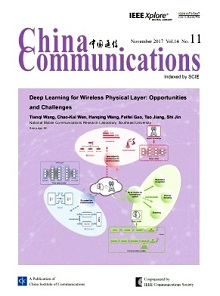NETWORKS & SECURITY
Lili Tong, Yiting Wang, Fan Wen, Xiaowen Li
2017, 14(11): 260-268.
In recent years, the telecommunications have used the concept of NPS (Net Promoter Score) for customer relationship management, but there is neither definite theory research nor instructive instance research. However, this paper summarizes an approach with instance case analysis to improve customer loyalty via NPS data mining, which has extensive and practical significance for tele-companies. First, this paper finds some driven forces of customer loyalty, which are relative to customer consumption such as the call duration, the usage of data, ARPU, etc., by using some innovative reasoning-analysis based on IG (Information Gain) and xg-boost decision-making tree model, so the tele-companies can predict the role of individual customer and form daily monitoring on big data, which will save a lot of NPS survey cost. Second, this paper summarizes how customer group feature impacts the relationship between NPS and financial performance. Taking ARPU value as the performance goals, we divide the sample customers into 6 groups and summarize their characteristics based on k-means clustering, and give targeted suggestion of each group.
